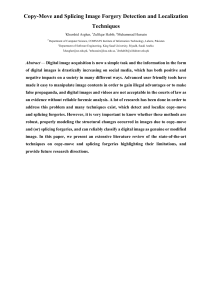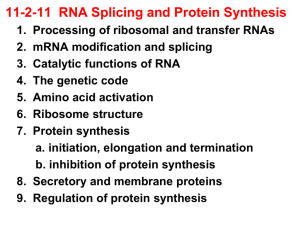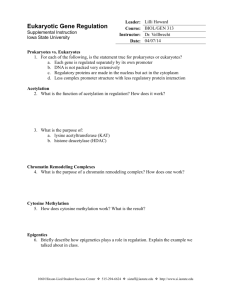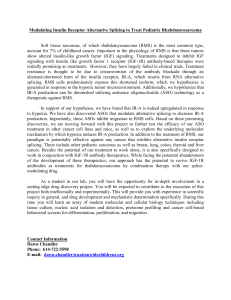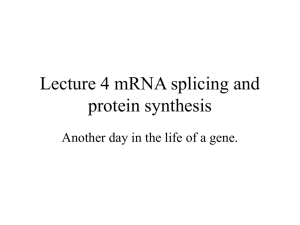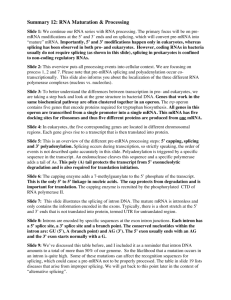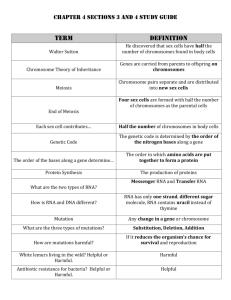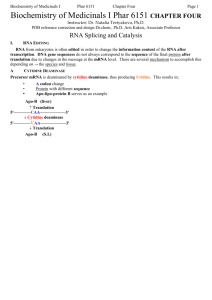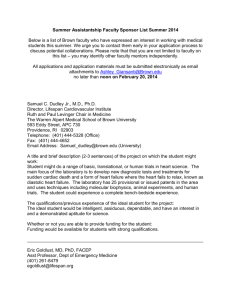Presentation
advertisement
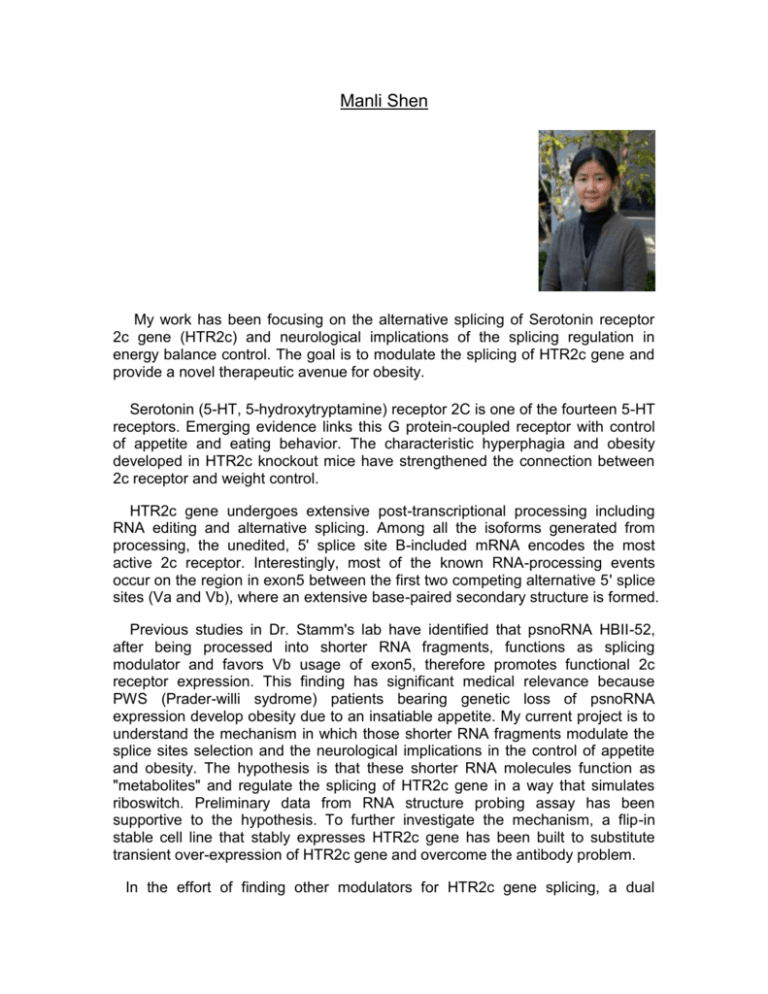
Manli Shen My work has been focusing on the alternative splicing of Serotonin receptor 2c gene (HTR2c) and neurological implications of the splicing regulation in energy balance control. The goal is to modulate the splicing of HTR2c gene and provide a novel therapeutic avenue for obesity. Serotonin (5-HT, 5-hydroxytryptamine) receptor 2C is one of the fourteen 5-HT receptors. Emerging evidence links this G protein-coupled receptor with control of appetite and eating behavior. The characteristic hyperphagia and obesity developed in HTR2c knockout mice have strengthened the connection between 2c receptor and weight control. HTR2c gene undergoes extensive post-transcriptional processing including RNA editing and alternative splicing. Among all the isoforms generated from processing, the unedited, 5' splice site B-included mRNA encodes the most active 2c receptor. Interestingly, most of the known RNA-processing events occur on the region in exon5 between the first two competing alternative 5' splice sites (Va and Vb), where an extensive base-paired secondary structure is formed. Previous studies in Dr. Stamm's lab have identified that psnoRNA HBII-52, after being processed into shorter RNA fragments, functions as splicing modulator and favors Vb usage of exon5, therefore promotes functional 2c receptor expression. This finding has significant medical relevance because PWS (Prader-willi sydrome) patients bearing genetic loss of psnoRNA expression develop obesity due to an insatiable appetite. My current project is to understand the mechanism in which those shorter RNA fragments modulate the splice sites selection and the neurological implications in the control of appetite and obesity. The hypothesis is that these shorter RNA molecules function as "metabolites" and regulate the splicing of HTR2c gene in a way that simulates riboswitch. Preliminary data from RNA structure probing assay has been supportive to the hypothesis. To further investigate the mechanism, a flip-in stable cell line that stably expresses HTR2c gene has been built to substitute transient over-expression of HTR2c gene and overcome the antibody problem. In the effort of finding other modulators for HTR2c gene splicing, a dual fluorescent screening was performed and one compound, pyrvinium pamoate, was identified as a potent splicing modulator. Pyrvinium pamoate is an anthelmintic used for pinworm treatment. It also significantly improves exon5 Vb inclusion. Pyrvinium pamoate has been known to bind DNA with intercalation, while it is unclear whether and how this compounds interacts with RNA. I am interested in understanding how this compound and other possible candidates, including some of serotonin derivatives, regulate HTR2c splicing. Although 2c receptor has been an attractive target for anti-obesity drug development, most of the current drugs have a drawback on receptor subtype specificity. Since the compounds identified from the splicing screening target on RNA level of 2c receptor, these potential weight-loss drugs would be more specific and therefore safer for patients.
